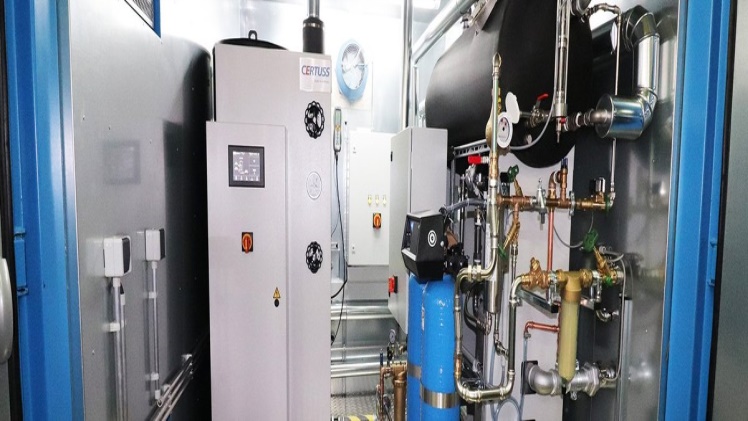A Steam System is a heat source that generates steam to do industrial tasks such as turning a turbine to generate electricity, processing materials or heating buildings.
These courses provide instruction on how to operate, design and maintain a steam system for optimal energy efficiency and safety. They’re tailored specifically to your industry and training requirements.
Basics
Steam systems are created to transport and utilize steam from a central source to terminal equipment. They may be powered by primary fuels, waste heat from high temperature processes, or exhaust gases generated by engines and other turbine driven machinery. You can also know about lò hơi và thiết bị lò hơi.
Boilers generate steam through the combustion reaction between fuel and air. This steam can then be utilized for various heating applications.
Once the steam is no longer needed, it can be drained and converted back to water via condensation – an essential step in the steam cycle.
Throughout this process, there are various control mechanisms which help direct steam to its proper equipment. These include valves, sensors and controllers.
Design
Steam is a fluid used in numerous processes, such as turning turbines to generate electricity, processing materials like food or fiber, and heating buildings. A steam system consists of boilers along with other components to carry out these tasks.
A steam system is an integral component of any steam generation plant and needs to be designed correctly in order to function optimally. This course will teach you how to do just that, so your system’s efficiency and dependability are maximized.
This 2-day training course will provide an in-depth understanding of the most critical elements in steam system design and operation, as well as common maintenance issues and how to resolve them. It also highlights safety considerations and legislation that apply to steam systems.
Installation
A steam boiler can be installed in several ways. It could either be an independent unit connected to your existing heating system, or it could come as part of a complete package with boiler, radiators and other features.
Installation should only be handled by qualified HVAC specialists with experience in steam boiler use and working with steam systems. Know more about Bảo toàn năng lượng và thiết bị trao đổi nhiệt in the course.
When installing a new boiler, be sure to reach out to your local boiler and radiator installer for advice and prices. They can assist in determining if this is the best choice for your home and lifestyle.
Maintenance
Maintaining your steam systems requires chemical testing the water to make sure it’s safe to use and periodically blowing down the boiler (known as “blow down”) to keep everything running optimally.
Conducting routine maintenance on your steam system will extend its life and lower operating expenses, while also helping you avoid more expensive repairs in the future.
An essential aspect of boiler maintenance is yearly steam trap inspection and cleaning. These traps guarantee that excess steam does not escape from the system, leading to costly damage.
Steam traps can malfunction in either an open or closed position, resulting in wasted energy and money.
Water in steam heating systems can become vulnerable to corrosion, scale and sludge buildup. If left unchecked, these issues could lead to poor steam quality, early equipment failure and reduced efficiency.

